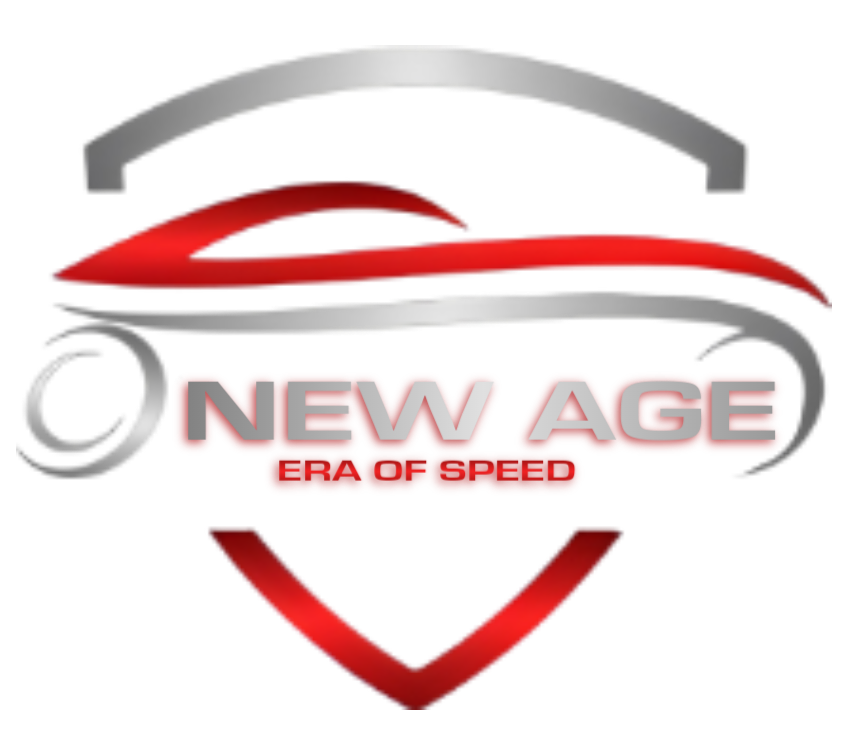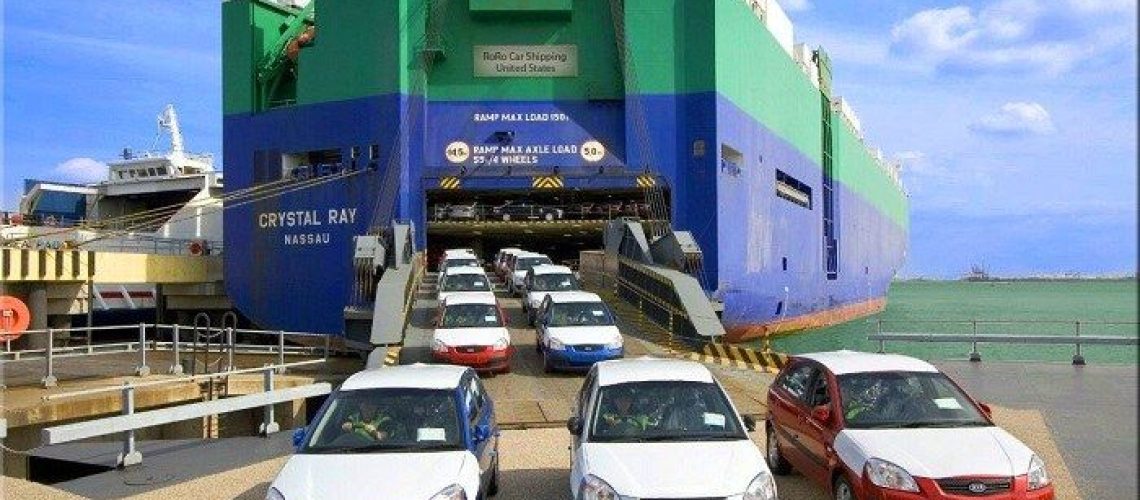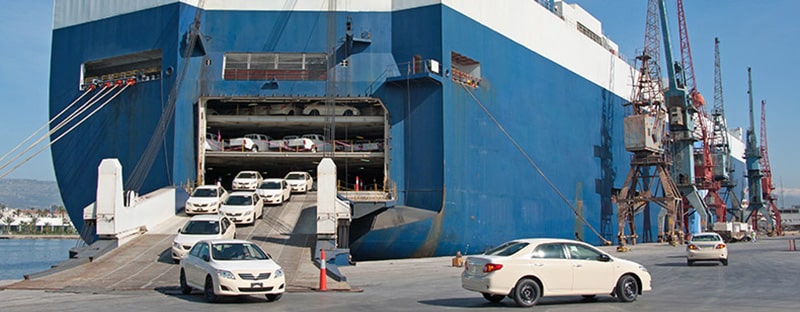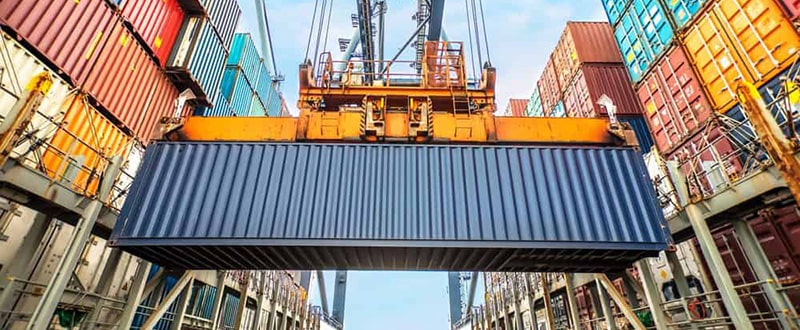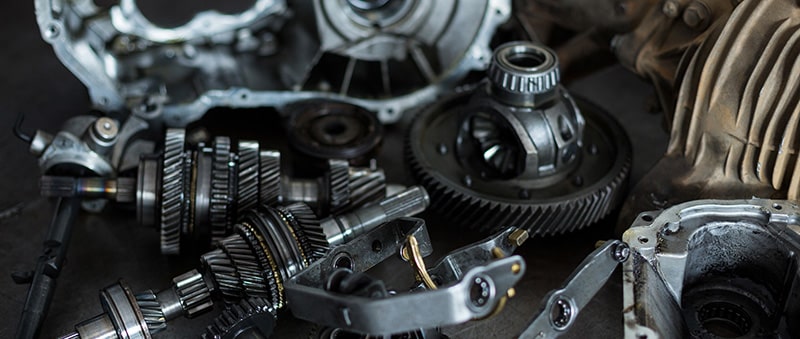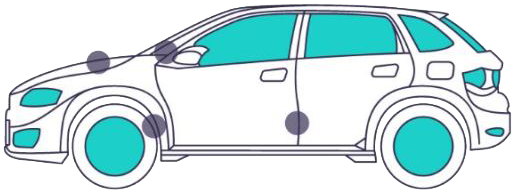When it comes to buying a Japanese used car, it’s clear from day one that the best deals are on the internet. You know this, so you find a JUMVEA certified dealer online, and do your comparison-shopping with others dealers to make sure you’re getting a good price. Then you talk to some sales agents on the phone and via email. After much deliberation, you’re about to reserve the car of your dreams, in good shape at a great price.
You can already imagine the thrill of driving it around the neighborhood… taking it on trips…
Then the daydream screeches to a halt. You realize before any of that happens, there’s an ocean or two in the way.
**Where there’s a will, there’s 3 ways to ship a Japanese used car **
This is the point where many people cool off on the idea of importing a Japanese used car, when they realize the vehicle they want is going to have to travel on a boat long-distances and then possibly overland to get to them. They get the calculator out, and then follow up with some mental math on the pros and cons. The process can appear riddled with risk and uncertainty.
But, of course, where there’s a will, there’s a way. To be precise, there are three ways that you can ship a vehicle worldwide. We’re going to walk you through them so you can decide which is best for you. Without further ado, we turn first to the no-nonsense “Roll On/Roll Off” approach.
Shipping via Roll-on/Roll-off: the “floating parking lot”
If you’re buying a single vehicle, Roll On/Roll Off often makes the most sense cost- and convenience- wise.
Roll-on/Roll-off, or “RO/RO” is a method of shipping vehicles by driving them on and then off a ship. Vehicles are either driven under their own power or via a platform vehicle, using a ship or shore based ramp.
A special kind of ship is used for RO/RO shipments. It is called, to the surprise of nobody, a RO/RO ship.
RO/RO ships are specifically designed to transport vehicles, so they are extremely good at what they do. They are the safest way to transport a vehicle without sustaining damage, because unlike container transport or knockdown shipping, units are not packed closely together.
A RO/RO ship is essentially a parking lot that can sail across oceans. If you’ve ever taken a ferry where you drive on, park your car on deck or below, sail across a body of water and then hop back in your car and drive off… well, it’ s the same idea. The difference is that a RO/RO ship can be gigantic, with the largest RO/RO ship accommodating an incredible 8,000 cars.
Some types of RO/RO vessels include PCCs (pure car carriers) and PCTCs (pure car/truck carriers). These are “pure” RO/RO vessels that only take vehicles. There are also hybrid vessels like the ConRO type ship, which carries both containers and RO/RO type vehicles.
RO/RO is very efficient. When the ship arrives at its port of destination, it’s fast to off-load and sort everything, because there’s generally only one kind of commodity onboard. There’s no need for highly trained crane operators or the complicated, expensive equipment they use. This also means that RO/RO ships can land at less developed ports with ease.
Convenient solution
RO/RO is an excellent option for shipping an individual vehicle. Especially in those cases where your dealer can’t fill up the rest of a container that’s headed to your chosen port, it may be the most affordable way to get the vehicle your way.
Tired of hearing the words “RO/RO” yet? Yes, well let’s move on then, shall we?
Shipping via container: the packing and stacking approach
Did you know that about 90% of the things in your life got to you on a ship? Your carpet, light bulbs, bed, bicycle, shirt, pants and coffee mug – it’s not well known, but it’s true! Suddenly, moving a car from Japan doesn’t seem so exotic…
The majority of these things were sent through on container ships, which do roughly 60% of all seaborne cargo shipping worldwide. Containers have more-or-less replaced the old, labor-intensive work of “break-bulk” shipping, in which goods are packed in boxes, crates, barrels, drums, and so on. There are still exceptions though – natural resources and other “bulk” commodities get to travel alone sometimes.
The main reasons for shift to containers are their increased security, efficiency and lower cost. They’re also bigger and can carry more. The biggest shipping vessel in the world, the monstrous Maersk Triple-E, can hold 18,000 containers. Most ships carry in the range of 8,000 – 12,500.
What does this mean for you and the shipping of your Japanese used car? Well, the standardized format means you will have many shipping location options for your Japanese used vehicle. The competitiveness of the container shipping industry means you can probably ship your vehicle this way at a reasonable cost.
Getting your car on and off a container ship
In container shipping, your vehicle is loaded into a container at port. It usually shares the space with several other vehicles, which are carefully arranged for safety and efficiency. Then a crane is used to put it onto a ship, which will usually contain other cargo of many different kinds. After sailing from Point A to Point B, the vehicle arrives in port, is off-loaded by another crane and then unpacked.
Container vessels tend to have very frequent sailing schedules, sailing weekly or biweekly, which makes them convenient. They can also be quite economical, depending on how efficiently your vehicle is packed. Freight cost is calculated according to how many vehicles are loaded into a container. As a result, if you’re planning on buying multiple vehicles, shipping via container can provide excellent value. Some dealers might require you to purchase multiple cars in order to ship via container.
There are two main container sizes:
- 20-foot container: can hold up to 2 passenger cars, or 1 passenger car and 1 truck
- 40-foot container: can hold up to 5-6 passenger cars or 3 trucks, or 2 passenger cars and 2 trucks
If you’re buying a number of vehicles, you can save on shipping costs by squeezing them into one container of the appropriate size.
Knockdown shipping: taking your car apart and “picking up the pieces”
Knockdown shipping involves the full or partial disassembly of the vehicle, allowing it to be tightly packed in storage on a container ship. This reduces freight charge, as the vehicle naturally occupies less space when it is broken down.
In the case of Japanese used vehicles, the most common knockdown method used is a semi-knock down (SKD). A SKD vehicle is partially disassembled in order to fit into a container. This is to maximize efficiency in space and make the shipping more economical for both the shipping company and the buyer.
Typically, exterior parts that pose a hazard to other vehicles being shipped, or which are liable to get broken or damaged in the shipping process, are the ones that are “knocked down” and packed separately. These include protruding parts of a vehicle, like fender mirrors, bumpers or spare tires on the backs of SUVs and jeeps.
You might also hear the terms “half cut” and “nose cut”. No, half cut has nothing to do with drunks here. Actually, a “half cut” (in the car world) is the front half of a vehicle, which is separated from the body and sold for those who need the parts. What is included in a “half cut” varies depending on the seller, and the exact inventory should be negotiated beforehand. A “nose cut” is the front bumper and headlight section of the vehicle.
Meanwhile, the complete knockdown system (CKD) is exactly what it sounds like, a complete disassembly of the vehicle into its component parts. Car manufacturers often use CKD as part of a strategy to reach new, emerging markets and get around import tariffs. It is also used a way of creating manufacturing jobs in destination markets.
In the world of Japanese used car exporting, shipping by complete knockdown is not usually the norm. When shipping on a small scale to an individual buyer, the downside to this shipping method is obvious – you have to put the car back together when it arrives. This is a time consuming task, which is why this method is not usually anyone’s first choice. However, if you have the means to put the vehicle back together cheaply, and don’t mind the time commitment, shipping CKD could be a good option for you.
**As you can see, there’s a ship and shipping method for every occasion **
There you have it: three ways to ship that Japanese used vehicle you’ve been dreaming of. You know what container, RO/RO, knockdown type shipping mean. You know all their pros and cons.
We hope this guide has proved enlightening. I mean, you can now confidently rattle off the terms RO/RO, SKD and CKD to sellers, friends and relatives, so that’s great!
